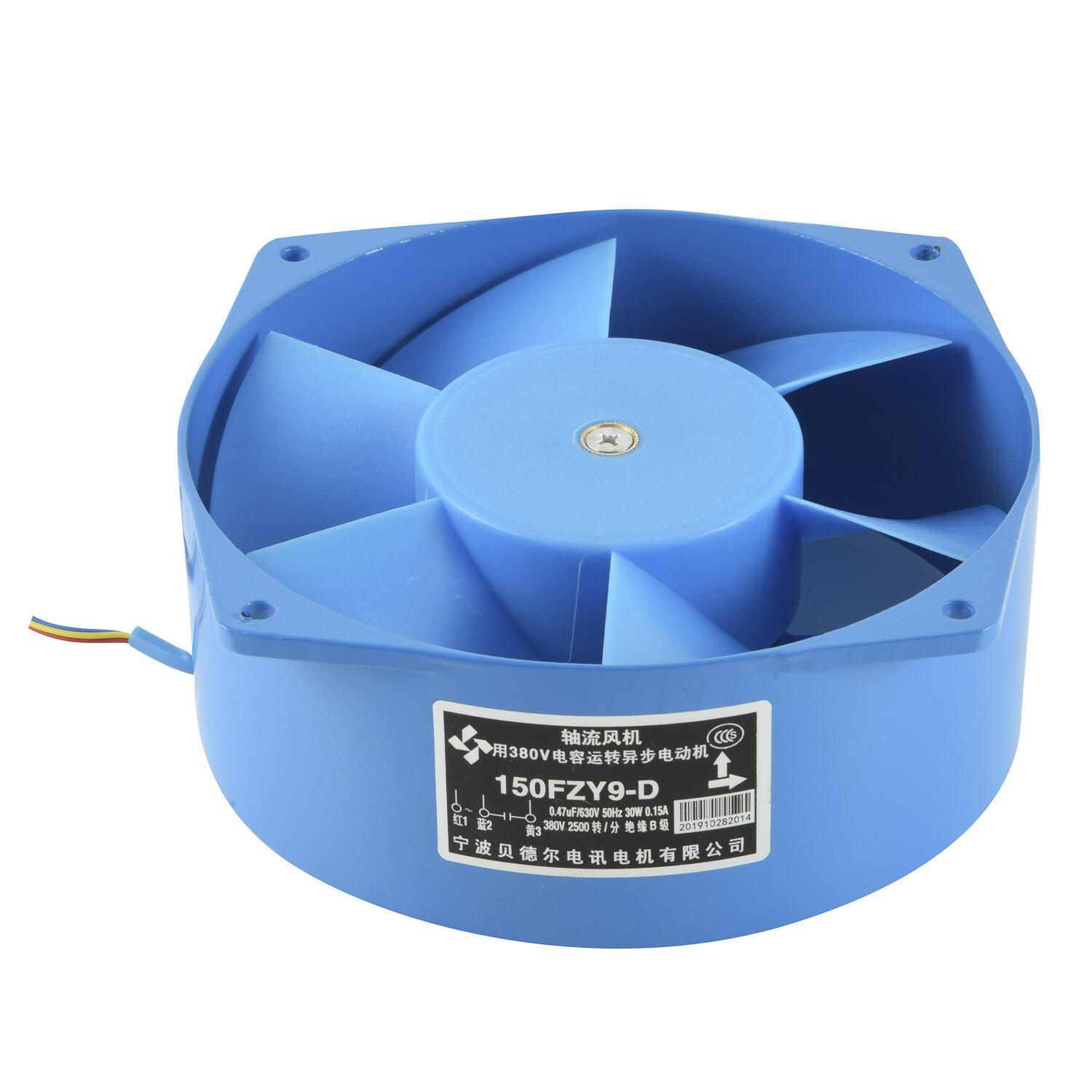pointer table
A pointer table is a fundamental data structure in computer programming that serves as an organized collection of memory addresses or references to other data elements. This sophisticated structure facilitates efficient data access and manipulation by storing addresses that point to the actual data locations in memory, rather than storing the data itself. The table consists of an array of pointers, each element containing a memory address that leads to specific data items, making it particularly valuable for managing complex data relationships and implementing dynamic data structures. In modern computing systems, pointer tables are extensively used in various applications, from database management systems to operating system kernels. They enable quick indirect addressing, dynamic memory allocation, and flexible data organization, which are crucial for developing efficient and scalable software solutions. The structure supports multiple programming paradigms and can be implemented across different programming languages, making it a versatile tool for software developers. Additionally, pointer tables play a crucial role in memory management by allowing for efficient memory utilization and facilitating garbage collection processes.


